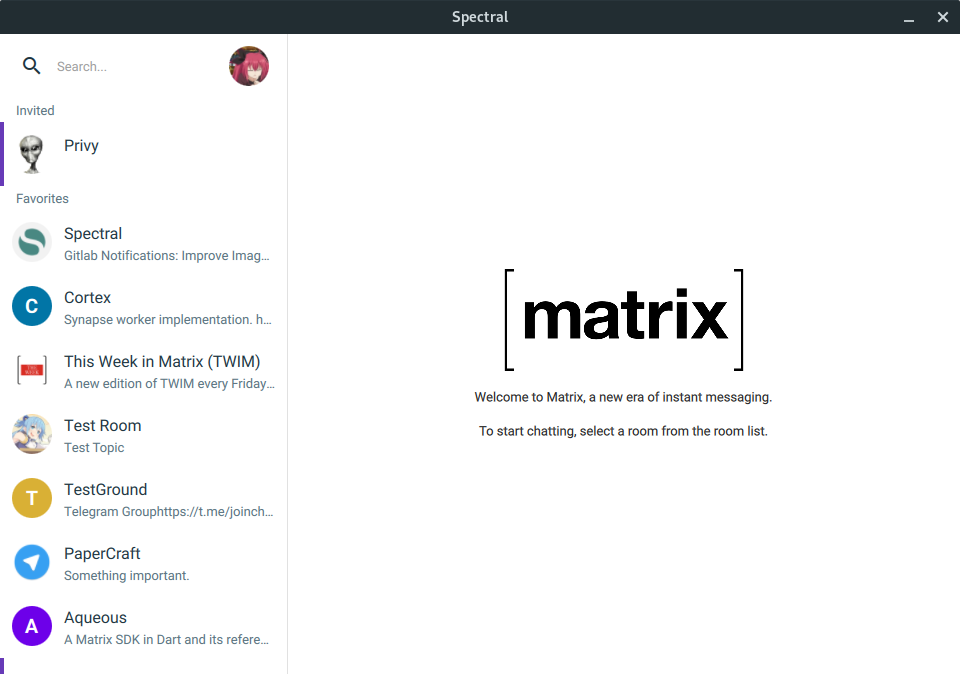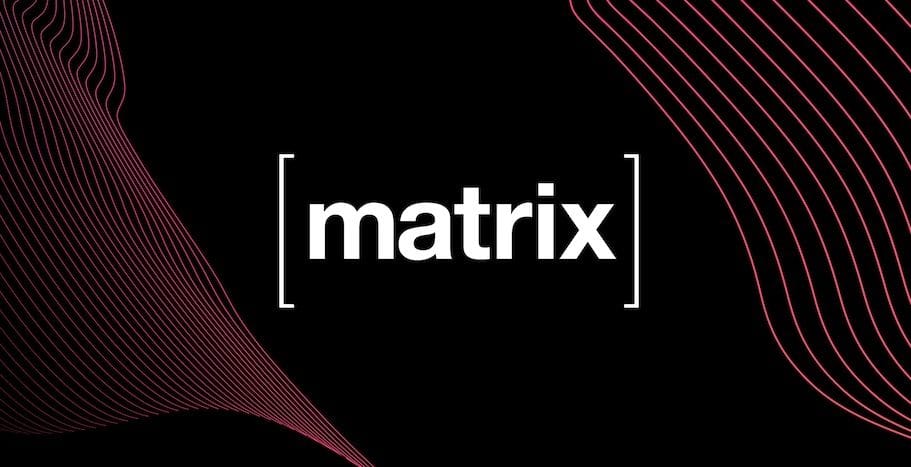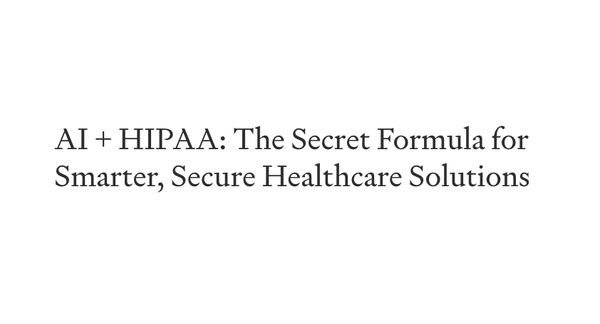Matrix: a decentralized open-source messaging platform for the future
Table of Content
When you are looking at a secure and private instant messaging solution, there are certain issues that are important to consider which is metadata; metadata can be inferred just by knowing details like whose your contact, frequency, and length of the message; some platform collects contact info and phone numbers, email address, etc. In the general collection of identity information is a problem. In addition, the centralization problem which comes from creating and collecting contact lists and phone numbers; this is one of the worst things that you can do for privacy.
In this article, we will discuss an instant messaging platform called Matrix. This platform is good for privacy, not just message encryption. Matrix does not take any personal information from the user. We will focus on it because it is open-source and has end-to-end encryption for groups and two-party conversations.
What is Matrix?
Matrix is an open-source, real-time communication, secure instant messaging platform. It is actually a decentralized protocol for exchanging different kinds of data from different sources; that means Matrix lets users call and message each other without carrying about the application that they use.
With many chat networks out there and most of the time they are isolated from each other. The idea of the Matrix is to unite them.
Matrix has grown to be very popular and in theory anyone can build any client application to work with a Matrix server. The most popular client used in the matrix is the application called an element or previously known as riot.im. Element for-profit company so it actually sells a subscription to a matrix server. Element is available both on phones and OPC.
Matrix protocol is created and managed by matrix.org. It started back in Sep 2014, and offers asynchronous message relaying and transport layer security, end-to-end encryption, an unlimited number of contacts, one to many routing, spam protection using pluggable server-side, filtering modules.it is a support group, channel, Audio/VOIP, webcam, video.

Matrix features
1- Open specification which means that the protocol opens the implementation
2- Group conversations, read receipts, typing notifications, presence
3- Encrypted voice and videos calls using WebRTC
4- Bridging another network into the Matrix, so you do not have to install ten clients on your device to communicate to ten different networks
5- Integration widgets; Matrix has the capability to integrate what the other messaging platforms like WhatsApp and Telegram
6- Healthy and friendly community
7- End-to-end encryption via two libraries with two implementations
a- Olm, a double ratched implementation
b- Melgom, Entirely new for group chat
8- Matrix gives you simple HTTP APIs and SDKs (iOS, Android, Web) to create chat rooms and more
9- Matrix can handle any type of real-time data
10- Fully decentralized conversations with no single points of control or failure
11- WebRTC VoIP/Video calling using Matrix signaling
Supported platforms
Native SDKs for multiple platforms, including:
Python, JavaScript, Android and iOS devices.
Conclusion
I would look at Matrix more like group social media with some security features because it is meant more to access social groups. End- to-end encryption is not automatic you have to specify it. Most people who use Matrix use the app element which is available both on phones and personal computers for Linux, macOS and Windows.
For more visit https://matrix.org/






